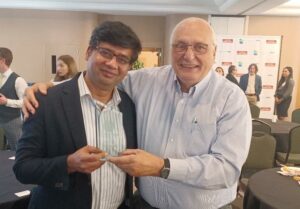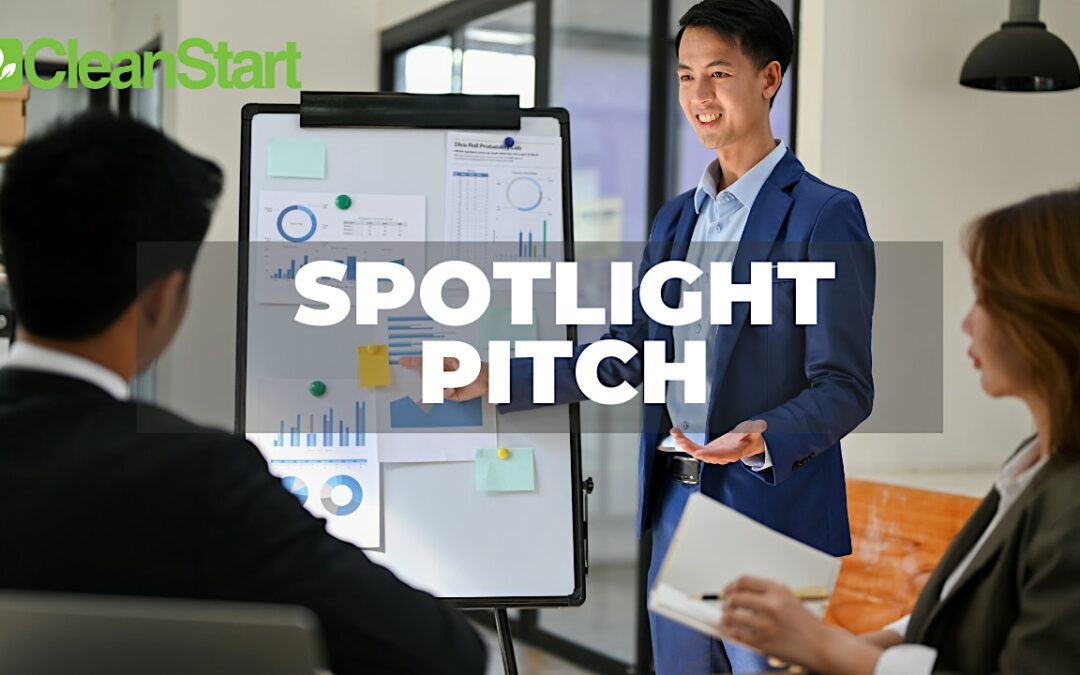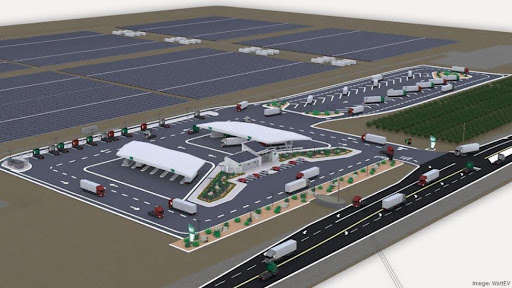
Innovation Triumph: XeroHome & Origin Win!
Uncover the success stories of XeroHome and Origin Materials in the 2023 Innovation Awards. From AI-driven home recommendations to revolutionary wood-waste chemicals, witness the future of sustainability and technology unfold.
Congratulations to Award Winners XeroHome and Origin Materials!
Mudit Saxena and his team received the 2023 Sustainability Innovation Award from the Sacramento Business Journal on Nov. 2. Their innovation XeroHome uses AI to make custom recommendations for individual homes using public data and puts it in an accessible form that homeowners can easily access. This eliminates the need for house-by-house energy audits and adds information on incentives and financing available. You can learn more about XeroHome at our upcoming Spotlight Pitch Night on November 16 at the Carlsen Center. They will be making a 10 minute pitch and answering questions. Sign up to come this event if you haven’t already done so.
At the same event, long-time regional clean tech community member Origin Materials received the Innovation Longevity Award. Origin had its start back in 2002 as Micromidas and renamed itself Origin Materials in 2008. Now they have opened a $130 million production facility in Ontario, Canada, and are preparing to construct a $1.6 billion plant in Louisiana soon. Origin makes industrial chemicals from wood waste that replace those from petroleum. They have a number of big-name backers including PepsiCo, Nestle, Danone, and Mitsubishi Group, with more to be added. It has been quite a journey for the team, and demonstrated their persistence and grit—contributing to their award-winning longevity.
This year there were a much larger number of awards handed out for innovation from many sectors—16 in all. It was a very inspiring event. You can read about all the Innovation Awards in the Nov. 3-9 edition of Sacramento Inno, a free publication of the Sacramento Business Journal. Take a special look at customer- and environment-friendly Quick Quack Car Wash, and Oobli drinks sweetened with a protein not a carbohydrate.


ABOUT THE AUTHOR
Gary Simon is the Chair of CleanStart’s Board. A seasoned energy executive and entrepreneur with 45 years of experience in business, government, and non-profits.
CleanStart Sponsors
Weintraub | Tobin, BlueTech Valley, Revrnt, River City Bank
Moss Adams, PowerSoft.biz, Greenberg Traurig, California Mobility Center










